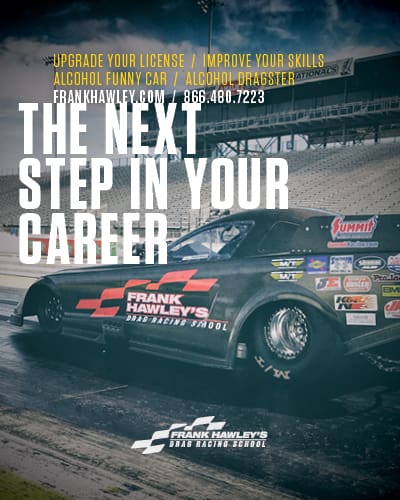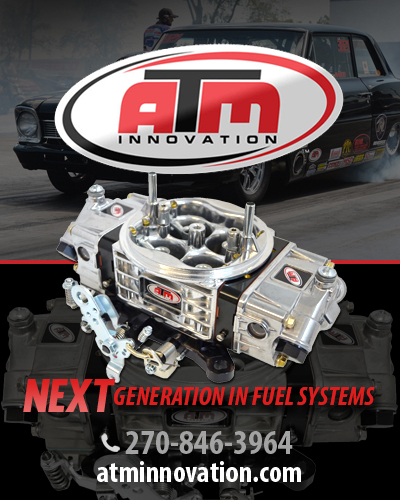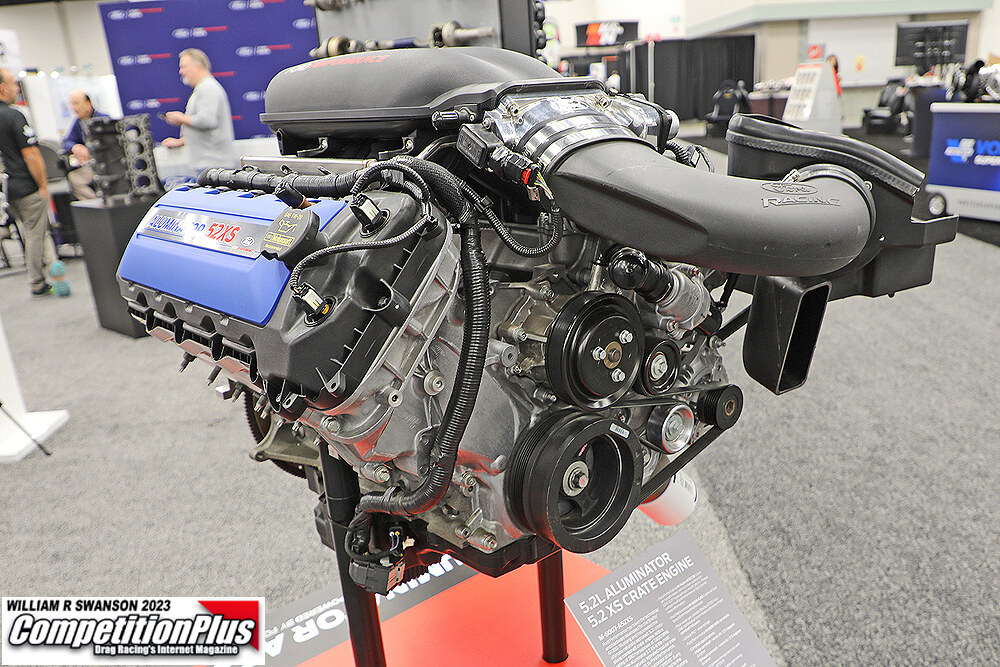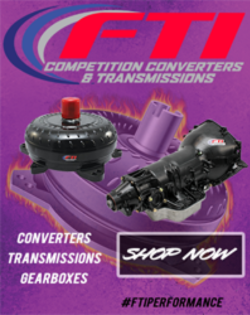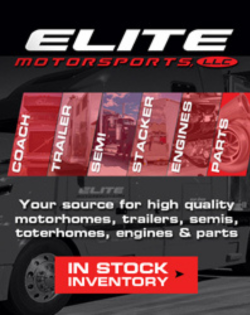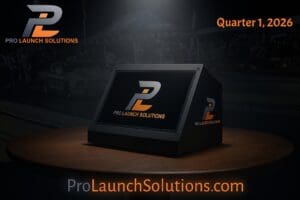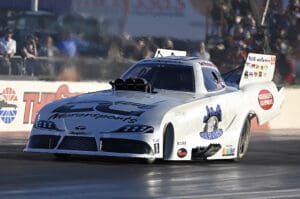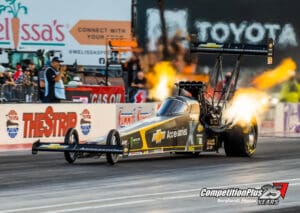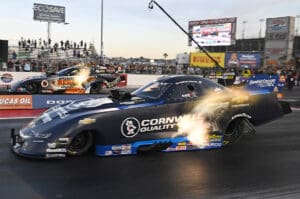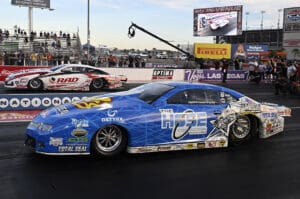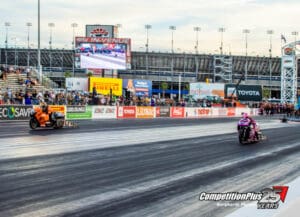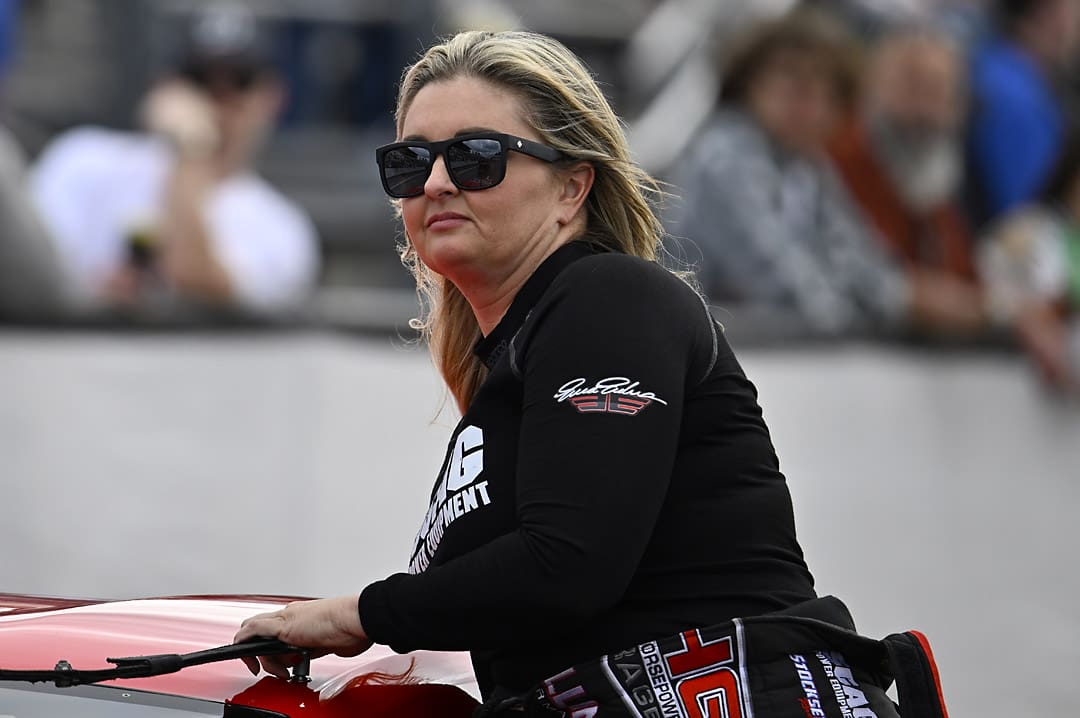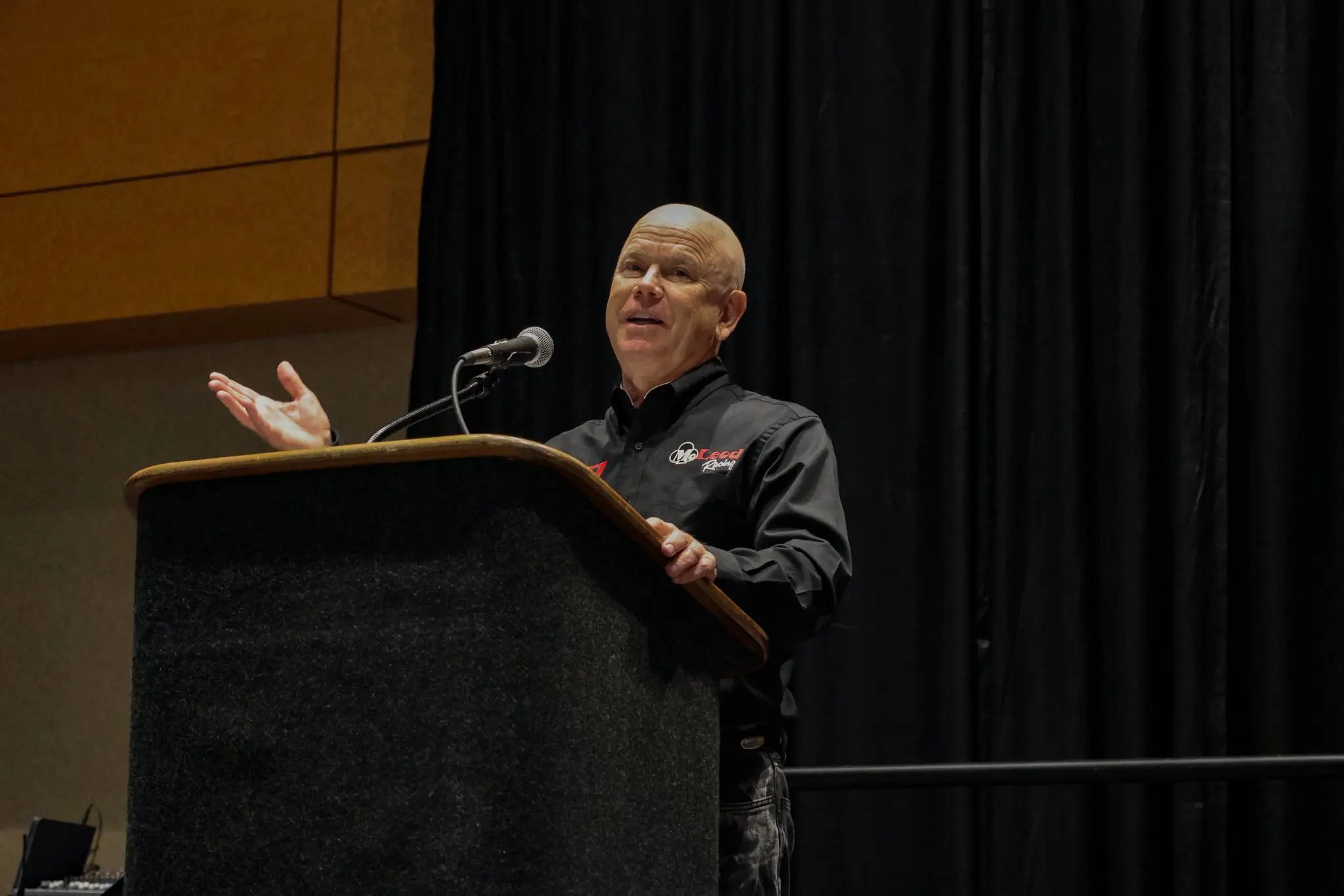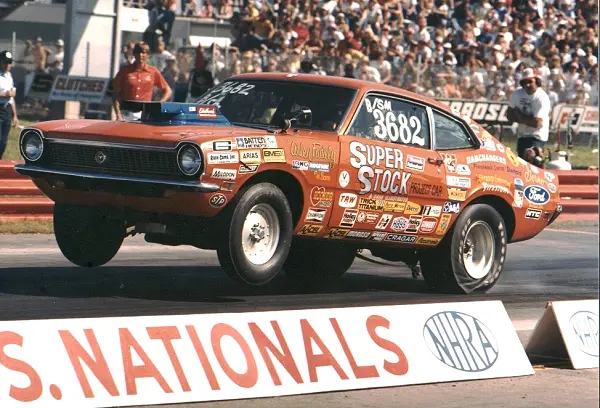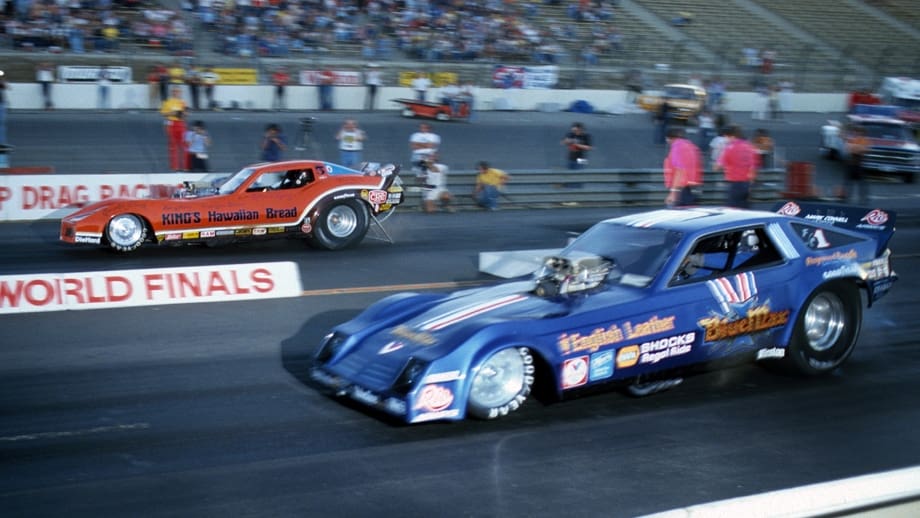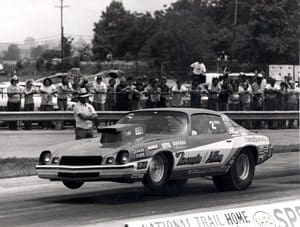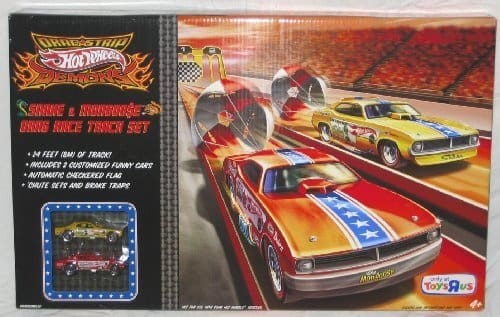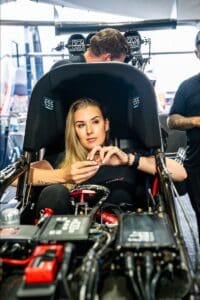It’s one thing to chase a dream. It’s another to uproot your life, fly across an ocean, and start over in a sport where the odds are stacked against you. That’s exactly what Ida Zetterström did.
The reigning FIA European Top Fuel champion arrived in the United States in 2023 with two suitcases and a mission: make it in the NHRA. One year later, she’s racing part-time for JCM Racing, becoming a fan favorite, and proving her resolve in ways that go far beyond reaction times or elapsed times.
Zetterström’s American Top Fuel debut came at Brainerd International Raceway during the 2023 Lucas Oil NHRA Nationals. Since then, she’s competed in 16 events and carved out a growing role both on the track and behind the microphone, serving as a guest commentator and NHRA ambassador.
But success has never come easily for the Finnish driver, who hails from the Åland Islands. She didn’t arrive with a major sponsor or a turnkey ride. She arrived with determination and the willingness to rebuild everything from the ground up, personally and professionally.
“I came here with only two suitcases of clothes, and that was basically everything I had,” Zetterström said. “It was like starting your life completely over. I felt like I was 18 again—figuring out groceries, health care, even how to ask for help. Everything was unfamiliar.”
The cultural transition was immediate and intense. From learning how to navigate a new country to understanding the nuances of American team communication, every task felt magnified. English is her second language, and even the way she described handling car feedback required creative communication between her and her crew.
“I still sometimes see on my crew chief Jon’s face that he doesn’t totally grasp what I’m trying to say,” she admitted. “So there’s a lot of showing things with your hands, or finding other words. You figure it out.”
That adaptability was essential, especially with JCM Racing building a new Top Fuel team around her. The car was initially built for a much shorter driver, requiring constant adjustments to fit her 5-foot-9 frame. “I’m all legs,” she laughed. “That’s not something that’s an advantage in drag racing.”
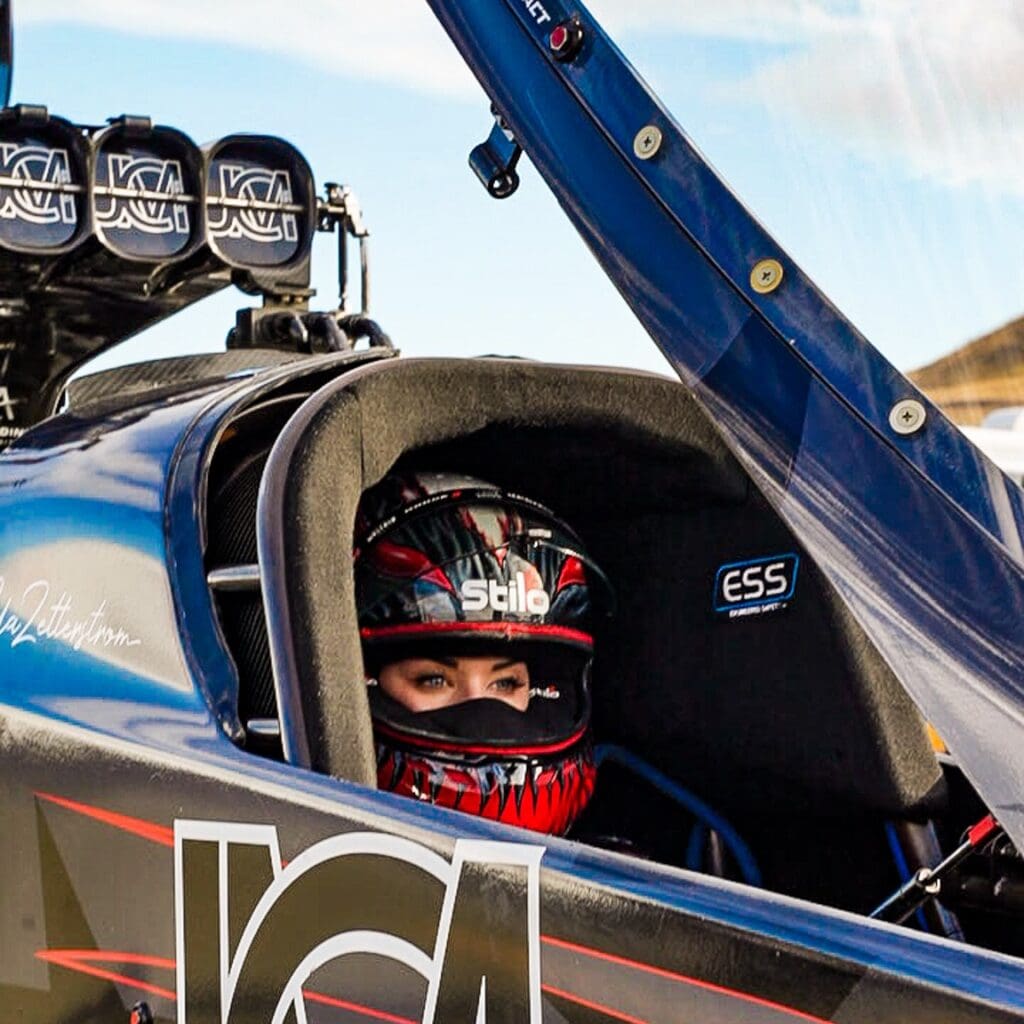
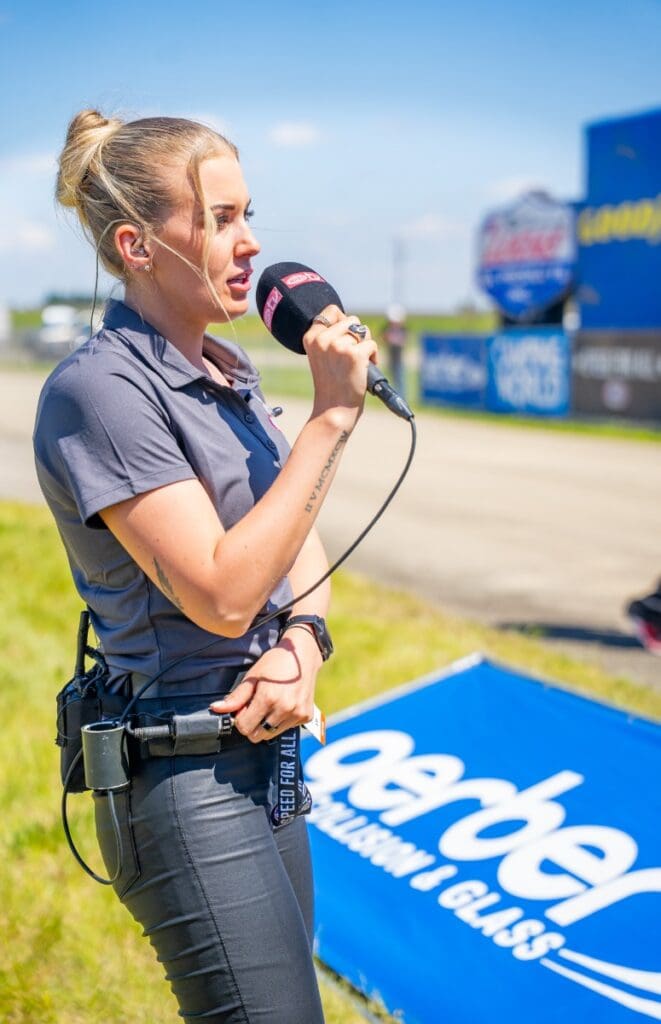
Despite the challenges, she found a rhythm. And in many ways, driving the Top Fuel car has been the easiest part of the journey.
“When they called and asked if I could be a color commentator and do top-end interviews, I said, ‘God, I need to sleep on this,’” she said. “That intimidated me more than driving the Top Fuel car.”
Standing trackside with a microphone in hand—translating Swedish thoughts into English on the fly while listening to producer cues in her headset—was a new kind of pressure. “When your thoughts are in Swedish, and then you also have a voice inside your head that’s trying to speak to you in English at the same time… boy, that was very hard,” she said.
Still, she said yes.
“I like a challenge,” she explained. “I feel like the more interviews I do, the more commentating I do, the better I’ll get at explaining stuff, and that’s important in our business—for myself, for the team, and for the sponsors.”
Zetterström has never been one to sit still. When she wasn’t racing in the U.S., she was mixing fuel and packing parachutes for teammates. This year, her downtime between races is spent sharpening her media skills and finding ways to contribute.
“I need to feel useful when I’m out here,” she said. “This is my way to give back and stay involved.”

Zetterström’s path to America wasn’t paved by a well-connected mentor. She made it happen on her own.
“I was the one that said I want to go to America,” she said. “Most people said, ‘Good luck,’ because it hadn’t really been done before like this.”
Other Scandinavians have raced in the U.S., but usually by renting rides or importing equipment. Zetterström wanted something more permanent—something earned. She didn’t have a Top Fuel family connection. Her father raced, but not in the professional nitro classes. She didn’t have a personal network to open doors in NHRA.
So she created one.
She worked as an electrician, saved what she could, and flew to the U.S. for NHRA national events, the Performance Racing Industry (PRI) show, and any gathering where she could build relationships. She was building credibility with face time, not seat time.
“I tried to stay relevant in America even though I wasn’t racing here,” she said. “That’s basically how I ended up here.”
The off-seasons were especially difficult. European drag racing shuts down for nearly nine months, leaving long stretches where Zetterström couldn’t compete—only work, hustle, and hope.
“It’s easy to get withdrawals,” she said. “You go months just trying to stay relevant and find sponsorship. There were times I didn’t think I had enough money to race that year.”
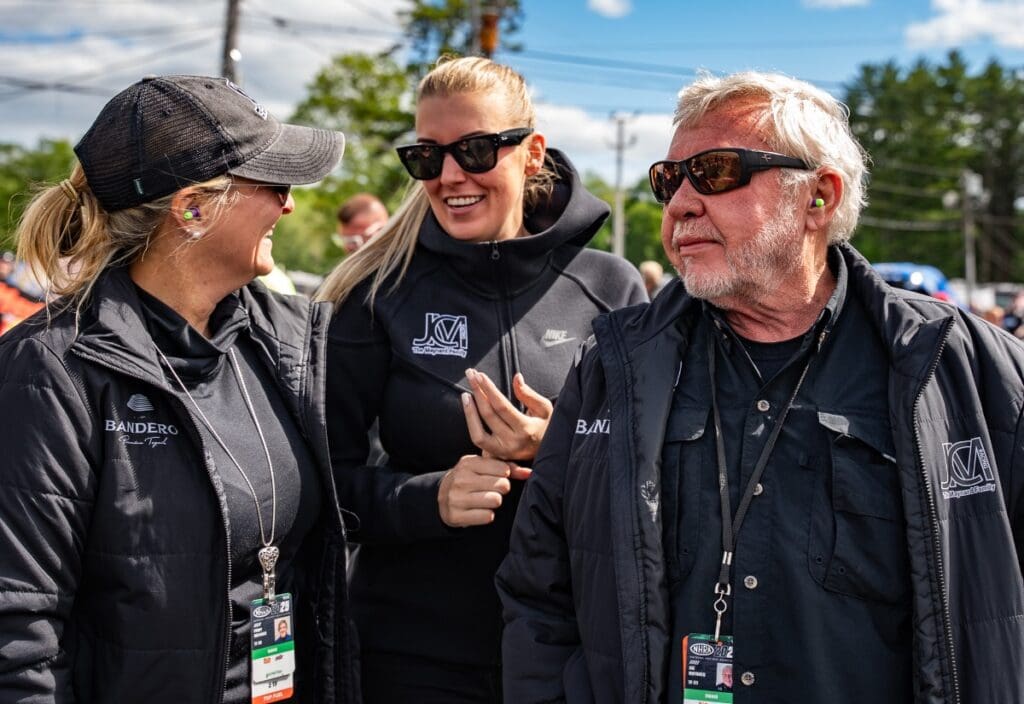
In 2023, just months before winning the European Top Fuel title, a major sponsor backed out. She was left scrambling.
“It was a signed contract,” she said. “They told me in February they couldn’t do it. If I didn’t have a sponsor by April, I couldn’t race. I didn’t have anyone to call for help. I had to find a way.”
She found it in a business-to-business opportunity with Edelbrock. Not a handout, but a smart contract that benefitted everyone involved. The result? A full season and a championship with Edelbrock on the side of the car.
“Winning that championship meant so much,” she said. “It was a lifelong goal, but also the result of something we worked so hard for. We didn’t get pity money—we earned it through business.”
Zetterström has made 16 NHRA starts as of the Sonoma Nationals and continues to build momentum toward a full-time Top Fuel campaign. She’s racing against established names with multimillion-dollar backing—but what she lacks in funding, she makes up for in initiative.
From chasing sponsors, to working with the NHRA.tv team, to representing the sport at events like the Business of Women’s Sports Summit in New York, Zetterström is building a career on her own terms.
She knows the challenges aren’t going away anytime soon. But quitting has never been an option.
“I know this is my dream,” she said. “I don’t want to do anything else. I work really hard for what I believe in, and I always find a way.”
For Zetterström, it’s not about taking the easy route—it’s about making the hard one hers.








